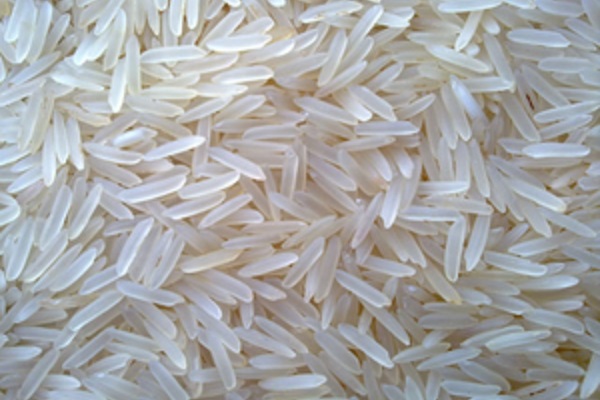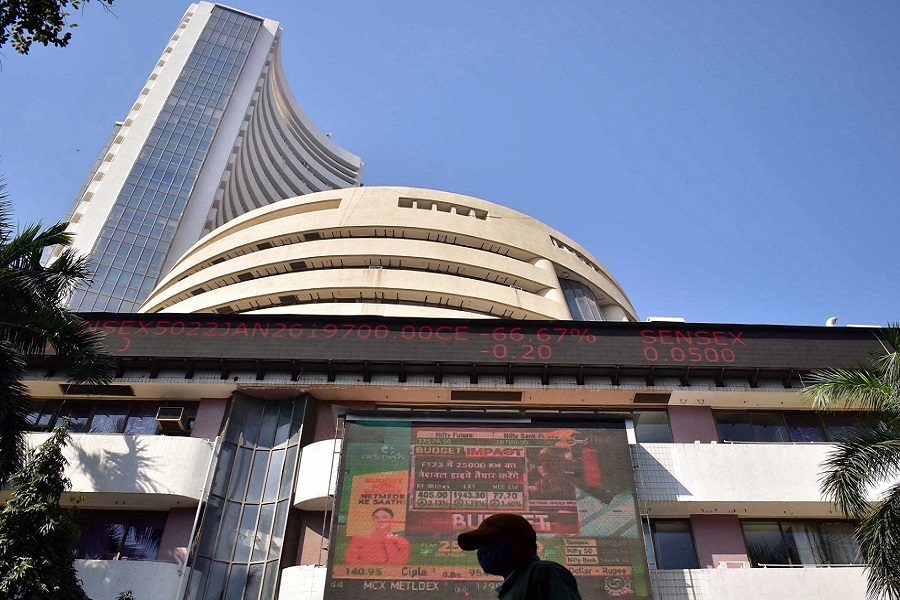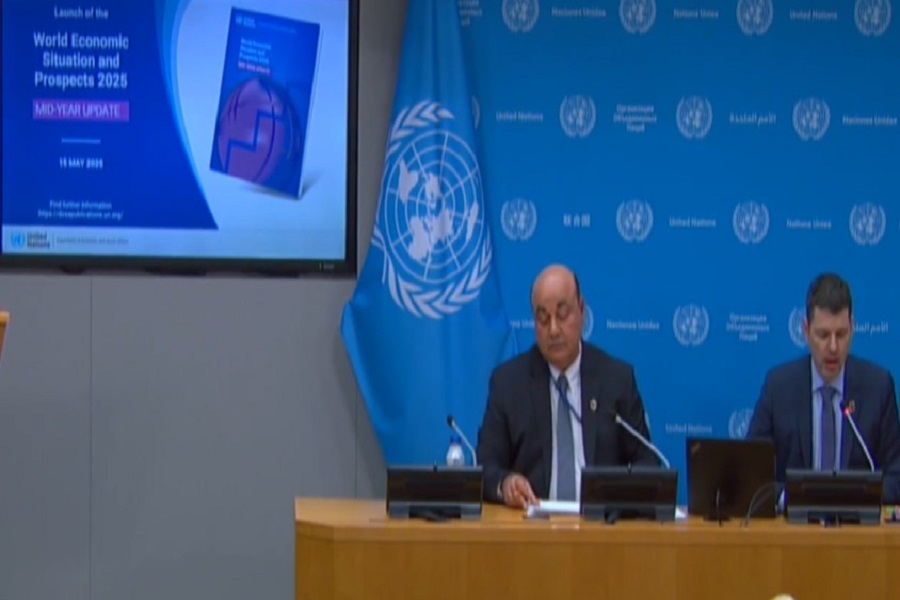Views on the Strait of Hormuz Crisis: Implications for Indian Markets By Rohit Sarin, Rohit Sarin Co-Founder Client Associates.

Below the Views on the Strait of Hormuz Crisis: Implications for Indian Markets By Rohit Sarin, Rohit Sarin Co-Founder Client Associates.
Strait of Hormuz Crisis: Implications for Indian Markets
Recent months have seen Indian equity markets benefit from a stable domestic macroeconomic environment, easing geopolitical tensions between India and Pakistan, and robust domestic institutional (DII) inflows. However, persistent global challenges—especially in the Middle East—pose risks to the global trade framework and could intensify economic instability.
Potential Impact of Strait of Hormuz Closure
* Oil Price Spike: A closure or credible threat to the Strait of Hormuz—through which India imports nearly 85% of its crude oil—would likely trigger a sharp rise in Brent crude prices. This would have immediate and significant consequences for India’s economy.
* Current Account and Rupee Pressures: Higher oil prices would widen the current account deficit and put downward pressure on the rupee, increasing the cost of imports and stoking imported inflation.
* Corporate Margins and Equities: Sectors with high crude-linked input costs (e.g., transportation, manufacturing, chemicals) could see margin compression. This could lead to near-term corrections in equities, especially for sensitive sectors, and increased volatility in the Nifty and Sensex.
* Defence and Sectoral Shifts: Defence stocks may see increased investor interest amid heightened geopolitical tensions, while other sectors may face pressure.
Summary Table: Key Indicators and Risks

Conclusion
While India’s economic fundamentals remain strong and domestic flows continue to support the market, a disruption at the Strait of Hormuz would pose significant near-term risks. Client Associates recommends a disciplined, risk-aware investment approach, with a focus on diversification and quality, as we navigate this evolving geopolitical landscape
Key Current Strengths in Indian Markets
* Resilient Domestic Economy: India’s economy continues to demonstrate robust growth, with GDP expected to sustain 6.3% in FY26, led by consumption and capital expenditure revival.
* Strong DII and FII Inflows: Domestic institutional investor (DII) flows have surged, with CY’24 inflows 3.1x higher year-on-year. Rebound in FII flows over the last 3 months
* Monetary Policy Support: The RBI has reduced the repo rate to 5.50% to support growth, with inflation moderating and expected to remain below 4% in FY26.
* Strong Forex Reserves and Range-Bound Crude: India’s forex reserves are robust, and crude oil prices have remained relatively stable, supporting macroeconomic stability.
Market Positioning and Client Considerations
* CA’s Equity Stance: Client Associates maintains a Neutral stance on Indian equities and is Underweight on mid- and small-cap stocks due to expensive valuations. The firm is cautious about the risk of a global slowdown and persistent geopolitical uncertainty.
* Portfolio Strategy: Diversification, defensive positioning, and a focus on quality stocks with strong balance sheets are recommended. Currency hedging strategies may help manage rupee volatility.
* Policy Response: The RBI and government are expected to respond with policy measures to stabilize the currency and support growth, as seen in the recent rate cuts and focus on fiscal prudence.
Above views are of the author and not of the website kindly read disclaimer






















